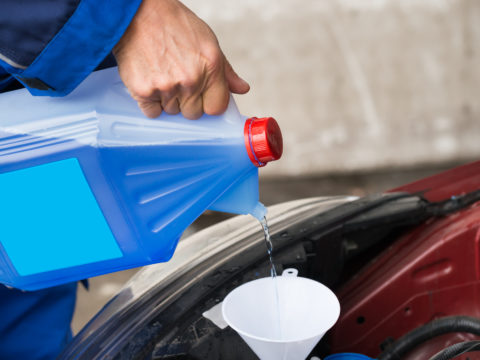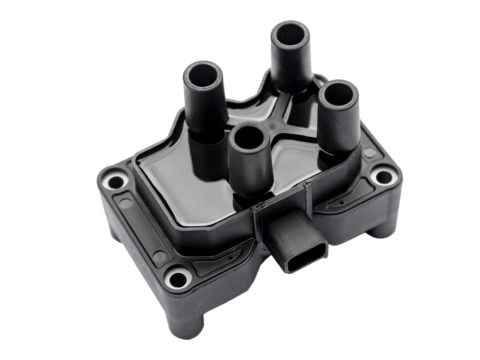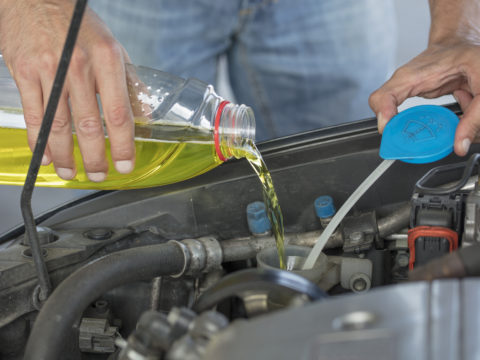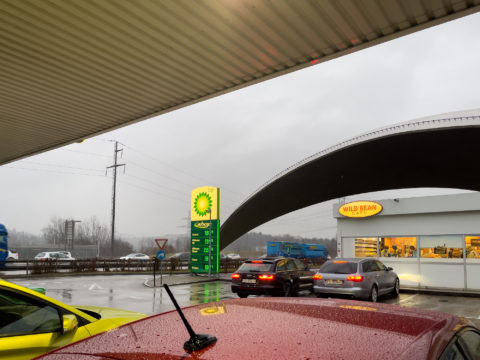Have you ever had your car stall while driving or trying to start it? If you answered yes to this question, you might have experienced low fuel pressure. Low fuel pressure means the engine has too little fuel or too much air coming in. Read below to identify the common symptoms, causes, and solutions to low fuel pressure.
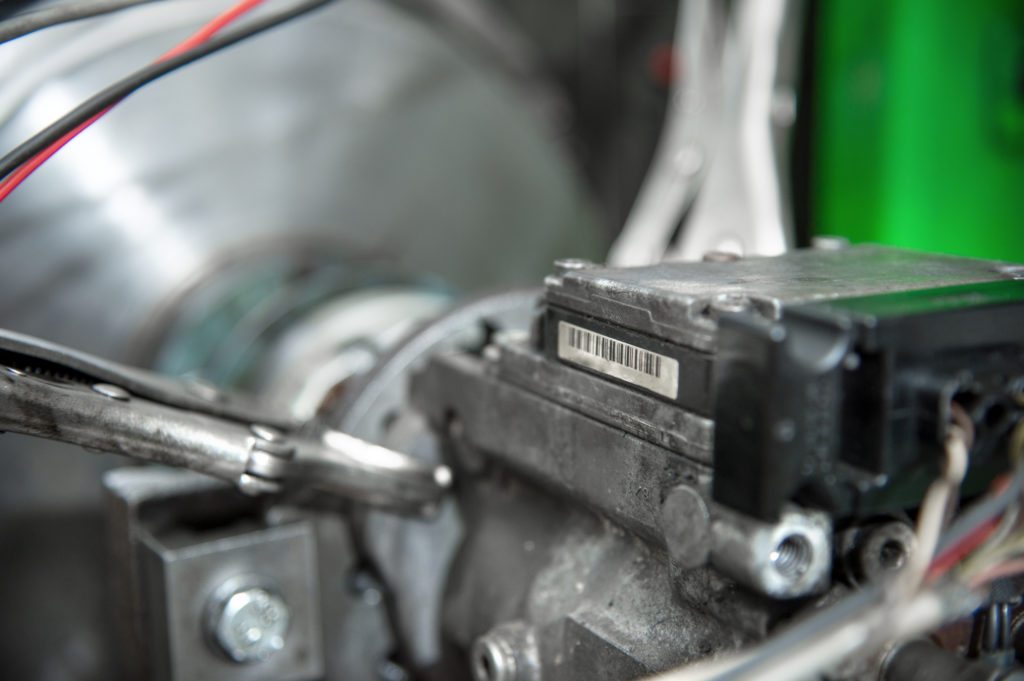
Contents
What Should Be the Normal Fuel Pressure?
Normal fuel pressure is based upon your vehicle’s fuel system and engine. Carbureted engines usually have a fuel pressure of 28 kPa (4PSI). Modern, fuel-injected engines are around 414 kPa (60 PSI).
How Do You Know if Your Fuel Pressure Is Low?
Knowing the signs of low fuel pressure can help you fix the problem sooner than later and avoid costly repairs. Below are symptoms of low fuel pressure.
Engine Performance Issues
Low fuel pressure can cause your vehicle to stall, have difficulty starting, and have the inconsistent running ability.
Illuminated Check Engine Light
A check engine light is an automatic indicator that your vehicle’s computer has detected a malfunction within the engine, which may be low fuel pressure.
Black Smoke From the Tailpipe
If you see black smoke emerging from your car’s tailpipe, your vehicle is burning too much fuel.
Engine Backfires
When your car makes gunfire or loud popping sounds and loses power and motion, it indicates a backfired engine.
Vehicle Cranks but Doesn’t Start
Your vehicle may not turn over when you try to start it if the fuel pressure in your car engine is not right.
What Causes Low Fuel Pressure?
Typical causes of low fuel pressure include issues with your fuel pressure regulator, engine, and exhaust system.
Malfunctioning Fuel Pressure Regulator
Your fuel pressure regulator makes sure that your engine is working properly. If this stops working, your vehicle can stall, may not be able to start, and may not drive smoothly.
Engine Malfunctioning
Your car’s engine works in tandem with the fuel pressure regulator. If the engine does not have the right amount of fuel and air, your vehicle will not run smoothly, and your engine can misfire.
Engine Burning Too Much Fuel
When your vehicle’s engine burns too much fuel, black smoke will come out of the tailpipe. This condition is known as “running rich” and can cause your vehicle to have low fuel pressure.
Unburned Gas Burning in the Exhaust System
If your car’s engine is backfiring, gas is burning in your car’s exhaust system. Once again, a fuel pressure regulator that is not working could be the cause. It could be letting a large amount of fuel into the combustion chamber, which will light it on fire within the exhaust pipes.
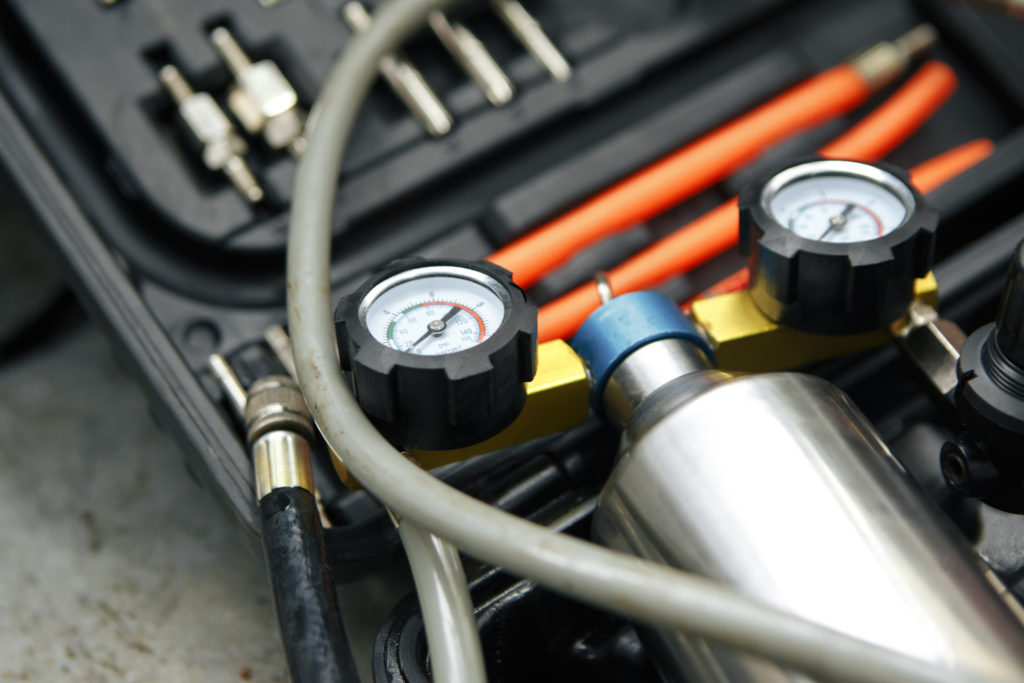
Can You Drive With Low Fuel Pressure?
Although you can still drive your vehicle with low fuel pressure, it is not recommended. Continuing to drive your car will place extra stress on your vehicle’s engine. You will eventually cause your car to stall, be unable to start, or even have the engine seize.
Because there are several possible causes as to why your car is experiencing low fuel pressure, you need to closely observe the symptoms, identify the cause, and fix the issue sooner than later. Buying a new engine is much more expensive than fixing low fuel pressure issues. You may need to buy another fuel pressure indicator or a fuel pump, which are a fraction of the cost of a new engine.
How To Fix Low Fuel Pressure
The best way to fix low fuel pressure would be to have a professional mechanic diagnose the cause and repair the problem. If you have experience and knowledge regarding vehicle maintenance and repair, you can work on fixing the issue yourself by following these steps:
- Begin with checking your gas tank. Have you put the correct type of fuel in your tank? Is the gas of decent quality? Do you notice any wet areas in the tank holding area that could point you to the leak?
- When you have checked your gas tank thoroughly and have not found any areas of concern, move on to your vehicle’s fuel line. Check if the fuel line is connected, cracked, broken, or has any leaks.
- If the fuel line is free from issues, then inspect your car’s battery. You will need to ensure that your battery is properly connected to your car. Using a multimeter or power probe, test the life of your battery.
- When you have determined that your battery is functioning, you can move on to checking your vehicle’s fuel pump. Are any parts of the fuel pump broken? If so, replace and reinspect.
- Once you have finished inspecting the fuel pump, it is time to check the fuel pressure regulator. You can test your regulator by using a fuel pressure gauge.
- Finally, if you have checked off each component and your vehicle still has low fuel pressure, it is time to take your car to a professional mechanic.
Low Fuel Pressure Repair Cost
The price to fix low fuel pressure will vary. Replacing a fuel pressure regulator can be $150-$600, depending upon the type of regulator your car needs and whether you do this yourself, at a dealership, or through a private mechanic.
A fuel pump replacement can be between $75-$600, depending on whether you are replacing this or hiring a professional. Fuel line replacements can be $60-$1,000. If you are getting this repaired by a professional mechanic or dealership, it will cost you more because you must pay labor costs.
Replaced your car battery will cost anywhere between $70-$700. A gas tank leak repair will be about $1,300. Finally, the most expensive part of your car to fix with low fuel pressure issues would be the engine. It will cost you anywhere from $4\000 to $7,000. You could purchase a used engine for $400-$700, but you are taking a risk by replacing it with a used one.

